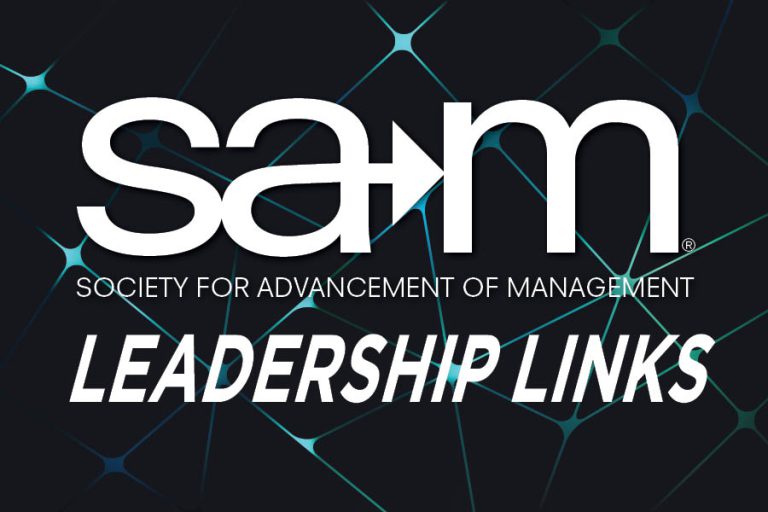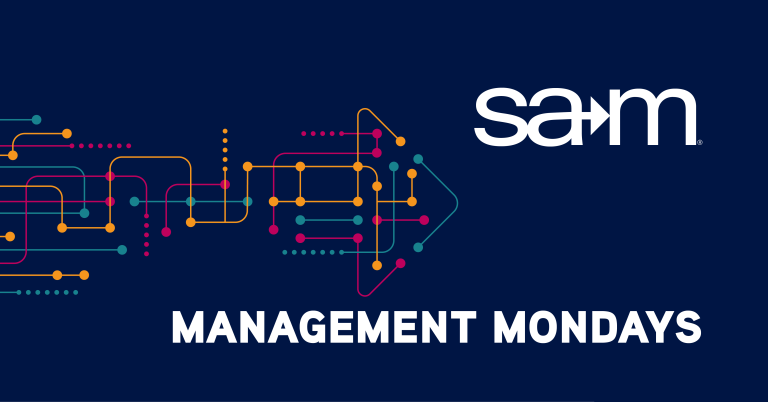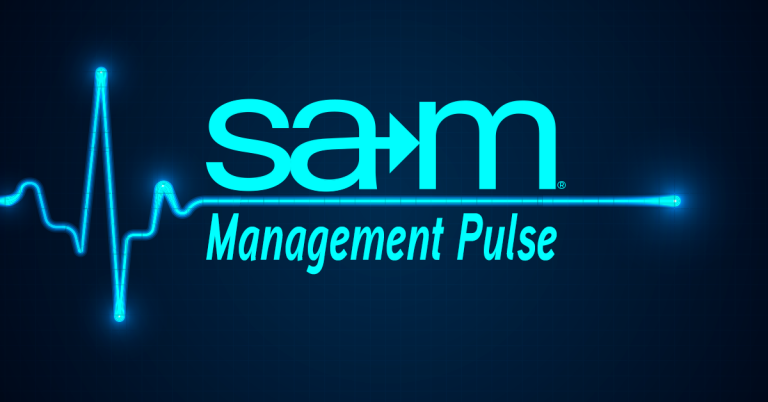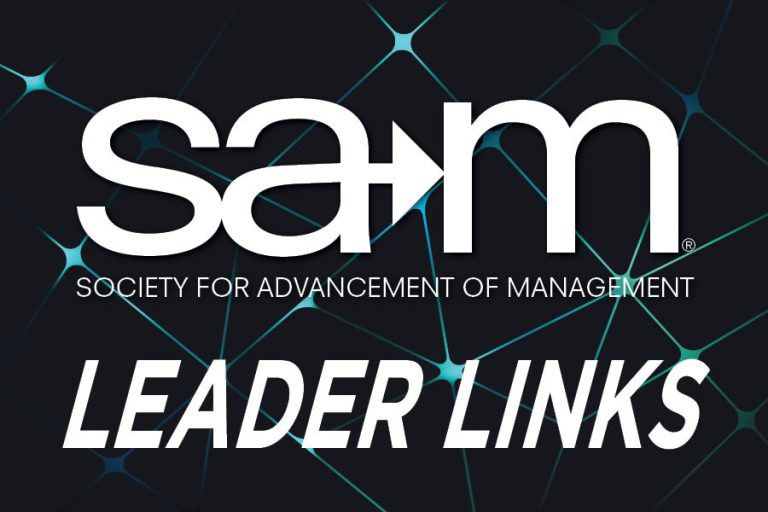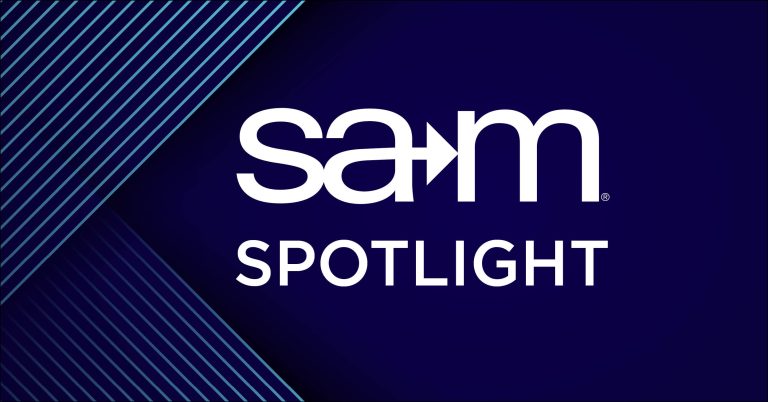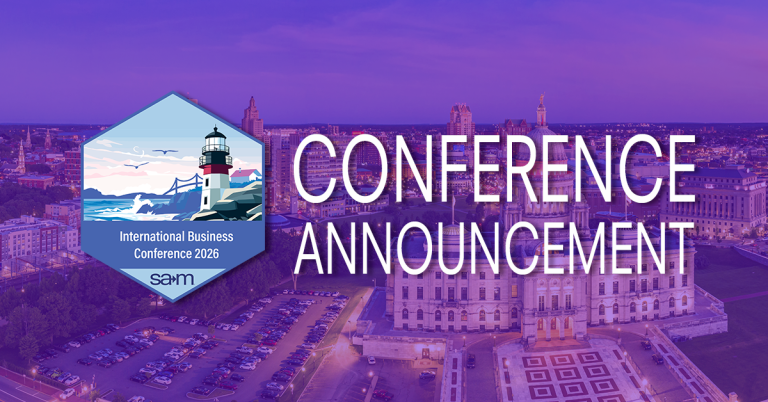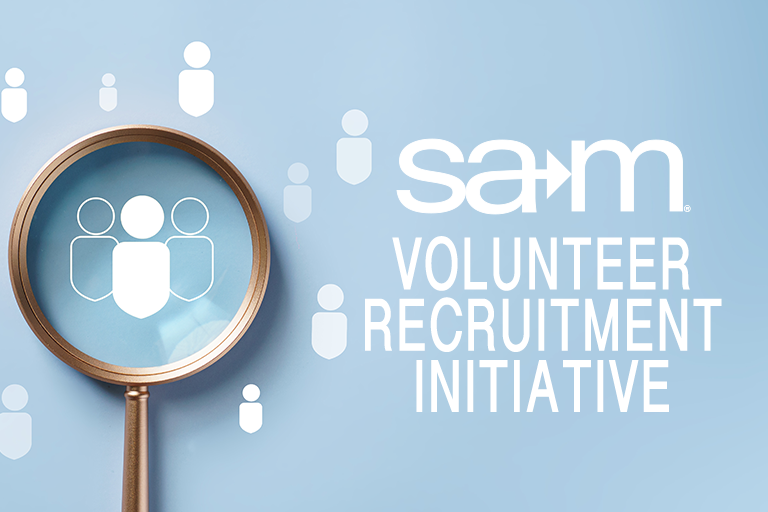
Inspire the Next Generation of Leaders: Join the Collegiate Competitions Committee
At the heart of SAM’s mission is the commitment to developing future leaders in the field of management. One of the most dynamic ways we do this is through our collegiate competitions, where students test their skills, creativity, and problem-solving abilities in a real-world setting. The Collegiate Competitions Committee is responsible for making these experiences possible, and your involvement can directly influence the success of the next generation of professionals.


